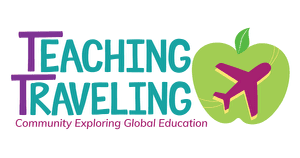Teaching Traveling: There are numerous career paths in STEM education, but what about museum jobs?
Today, we welcome experienced educator, Sharon Horrigan, from Boston’s Museum of Science. Sharon, tell us about yourself.

Sharon: Hello! My love for traveling began with family vacations, with all of us piled into the car as we explored New England, visiting historic sites along the East Coast.
Now, as Farinon Director of Education and Outreach Programs at the Museum of Science, Boston, working in the informal science education industry, I recognize and value the decisions our guests make when choosing to travel locally, nationally, and internationally to visit the Museum.
Each year, Boston’s Museum of Science is a destination for 1.4 million visitors who choose to integrate museum experiences into their lifelong journeys of learning.
Through my work as a Museum educator, I have been fortunate to be able to learn and travel to 27 different states and 4 countries. I began my career at the Museum of Science in Boston as a work-study student when I was 17, worked my way through college, and landed a full time teaching position at the Museum upon my graduation.
In my current role, I support a talented educational team of full time educators, part-time staff, and volunteers who teach 7 days a week, in multiple venues and stages in the Museum and in the community.
I have been a Museum educator for over 35 years, while working in the informal science education field: 32 years at Museum of Science in Boston, MA, and 3.5 years at Museum of the Rockies in Bozeman, Montana.
I fell in love with teaching at the Museum of Science in Boston. The Museum provides an opportunity for me to blend my passions for science, learning, and teaching with visiting school groups, families, and adult audiences.
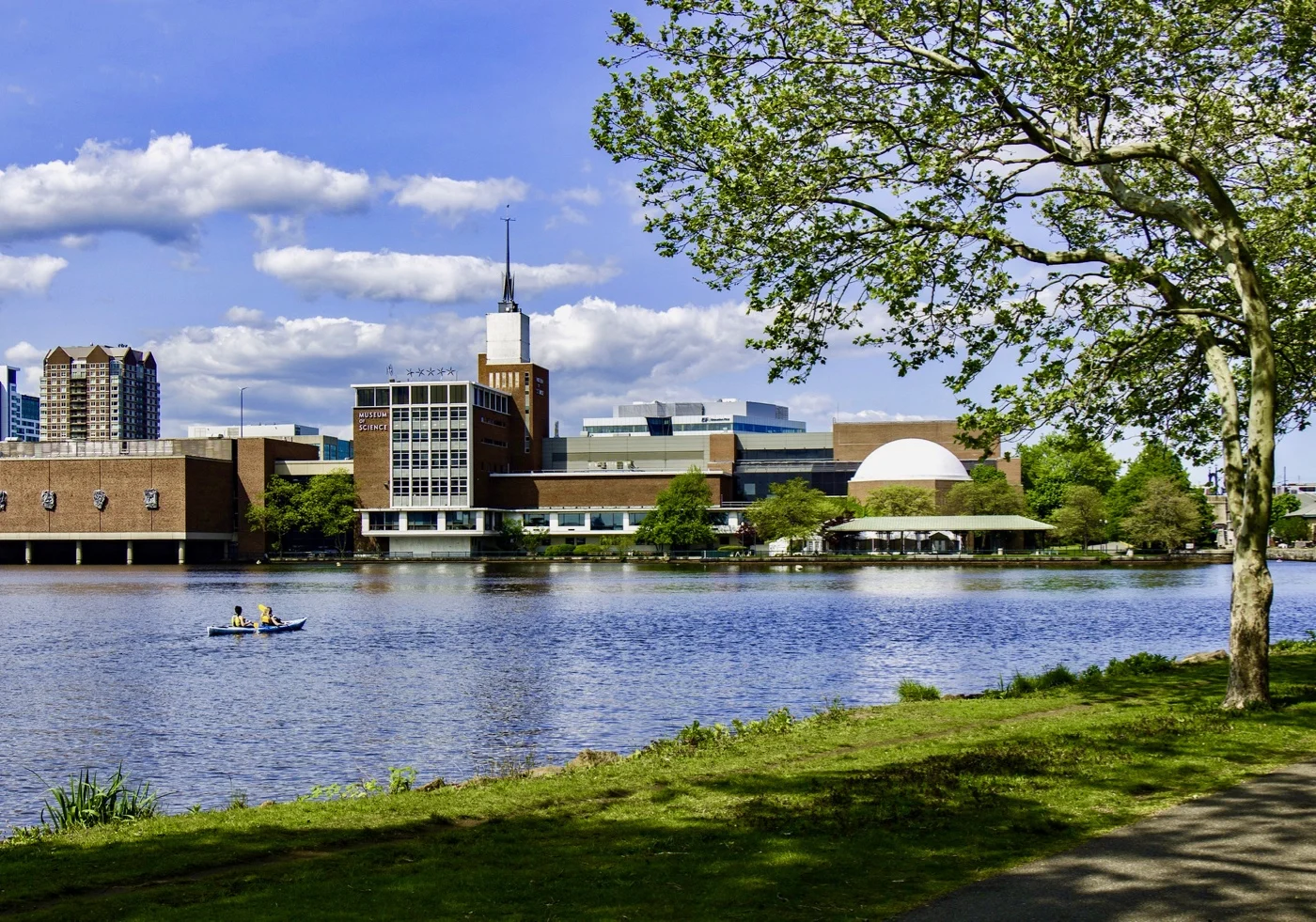
TT: So inspiring! How do your travel experiences positively impact your work as a museum educator?
S: We are all science learners! Making memories, connecting new ideas and perspectives from one experience to another is what learning is all about.
As an educator, my role is to encourage and inspire others to actively ask and investigate questions, consider new ideas and solutions to the challenges we face in our daily lives. First-hand experiences make a tremendous difference in enabling us to understand different and diverse perspectives.
TT: Very true! Are there specific travel experiences that impacted you?
S: Early in my career at the Museum of Science, I led a group to Montana to participate in the Museum of the Rockies Paleontological Field School.
Armed with the tools of the trade – dental picks and paint brushes – we spent hours in the hot sun scraping away dirt to search and unveil never before seen fossils that were millions of years old. It was thrilling and tedious all at the same time.
One hot day midway through the experience, when the group was feeling tired, one teen added inspiration for the group and said, “You have to approach each day as though it was the first time you had ever tried or approach the task or problem, ready to hit a home run or make a new discovery that could change the world.”
These words have stuck with me and have served as a point of motivation throughout my career.
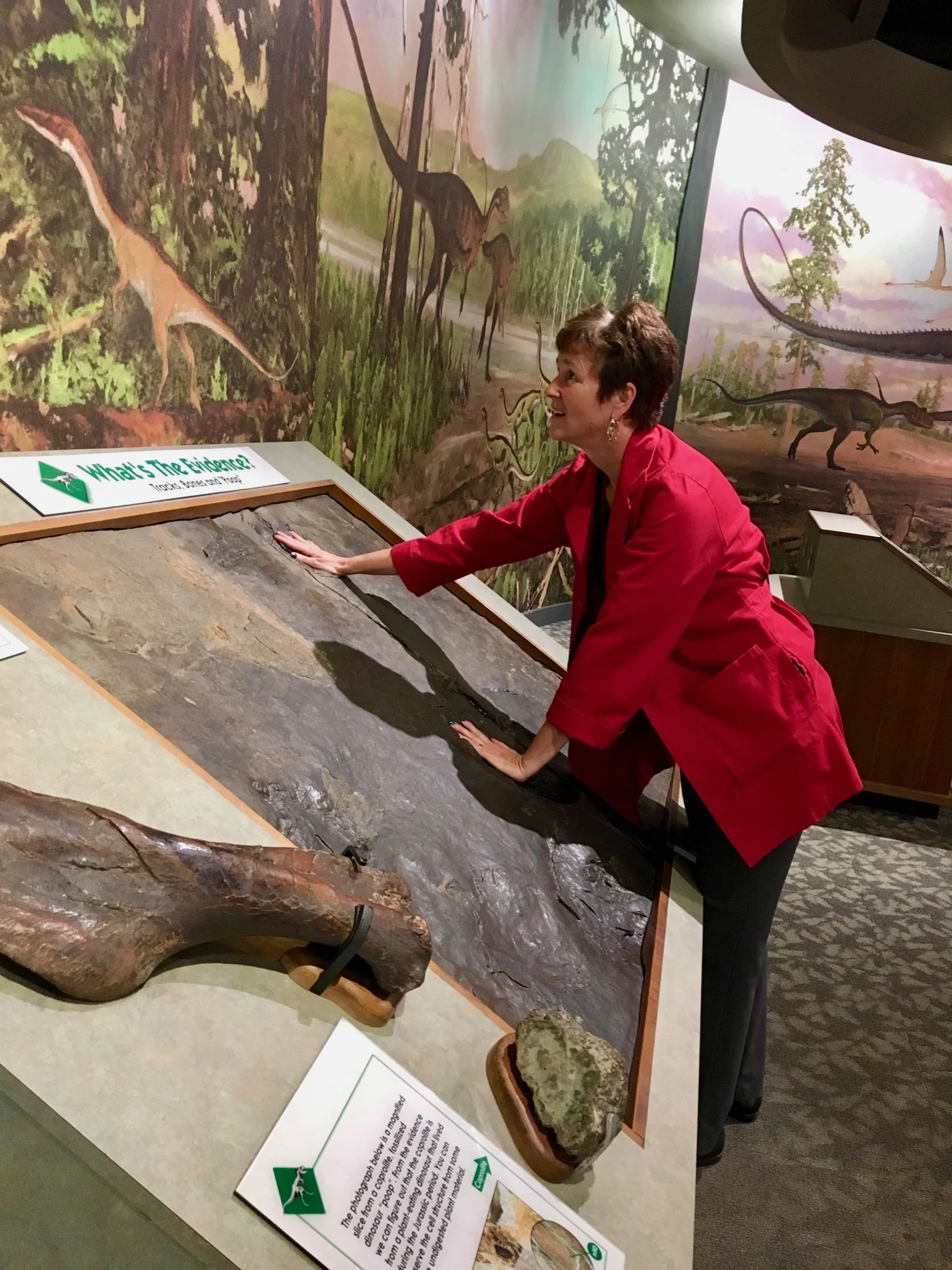
TT: Brilliant! How does travel impact your teaching in your job at the museum?
S: Travel opportunities allow you to challenge and develop your understanding of the world and your place in it, as well as build your own science capital, confidence, experiences, and identity as a STEM learner.
Teachers visiting the Museum of Science in Boston on field trips often share that they see their students engaging differently in experiences outside of the classroom. This includes students, who often keep to themselves in the classroom, asking questions during Museum programs or raising their hands to volunteer for an activity.
This allows students to practice skills they are learning in the classroom and to apply those skills in a different setting, as well as allowing the teachers to consider the interests, understandings, and preferences of their students.
Learning is powerful when you are immersed in new experiences. When I was working at the Museum of the Rockies, we had newly opened an exhibition “LandForms/Lifeforms,” which was told the story of the natural and geologic history of the region. What better way to learn about it than going out to see the sites featured in the exhibition in person?
In partnership with the lead geologist and content developer for the exhibit, I developed a multi-day teacher professional development adventure. We boarded a bus and headed off to study microbes in Yellowstone National Park, view some of the oldest exposed rocks in Beartooth Highway, and hike in Glacier National Park to observe some of ancient fossil stromatolites.
We studied and read articles along the way, had mini lessons on the side of the road looking at road cuts, and drew our understandings on the bus windows, providing a view on learning that could not have been captured in a book.
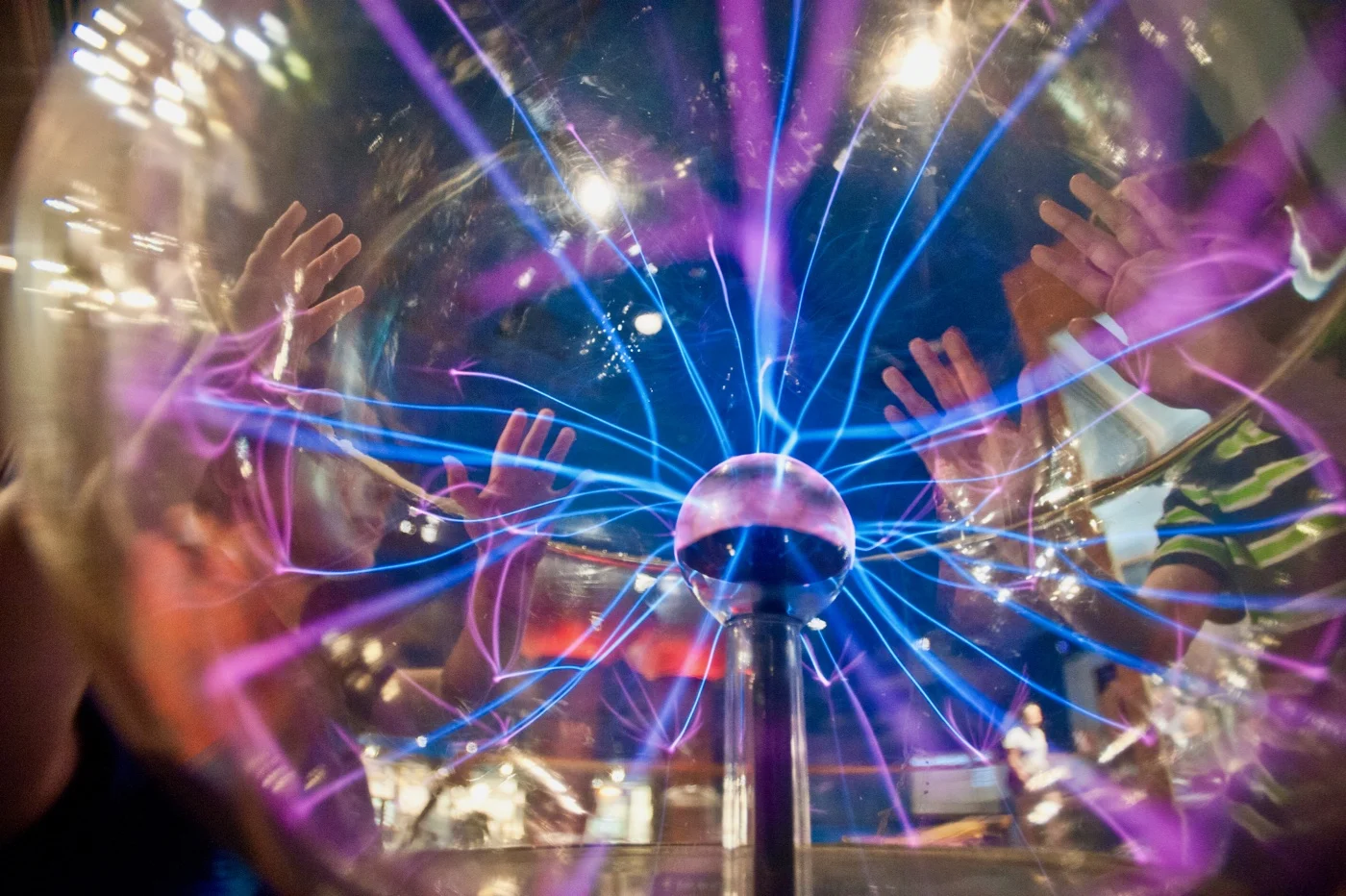
TT: Wonderful. Now, what unique travel opportunities does working for a museum offer?
S: Opportunities are limitless, as new projects are in constant development!
Annually, the Museum’s Traveling Programs team visits hundreds of schools, libraries, camps, and community centers, driving all over New England — across an estimated 65,000 miles, or the equivalent of going around the circumference of the Earth 2.75 times.
Staff are also given opportunities to travel across the country and internationally to work with partners, visiting science centers and cool, fun museums to share best practices for STEM learning. By traveling to different settings, we are able to better innovate in the development of our programs and experiences.
The topics and themes in programs provide opportunities to reach out to the community for advice, and to learn how best to communicate information about new innovations, research, and discoveries.
Educators have witnessed an Atlas V rocket launch, taught at the National Mall in Washington D.C. and Fenway Park in Boston, flown aboard the Stratospheric Observatory for Infrared Astronomy (SOFIA), worked as a naturalist and guide in the tropical rainforest on the Peru/Bolivia border, participated in Paleontology field programs in Wyoming and Montana, sorted archaeological artifacts from historic sites in Boston, and more.
TT: I had no idea museum educators had such travel opportunities! Can you explain trips YOU have taken?
S: This past summer, my sisters and I went on a trip to Ireland for a yoga retreat along the Wild Atlantic Way, which was one of the most memorable trips I have taken.
With a small group that shared the same goal of health and wellness, we were guided by several skilled leaders along the countryside to local, historical sites, sharing stories from our experiences and points of view, ultimately achieving more than any of us had expected.
TT: Amazing. How have your travels impacted your teaching at the museum?
S: After returning from a paleontology field program in Montana, where I led a team of youths from New England and beyond, I found that I was able to teach about paleontology in a completely different manner.
I could now provide a personal narrative to tell the stories of what it is like to work in the field, see a famous fossil site, and encourage others to discover their passions, ask questions, and practice observation skills as we discovered new fossils.
After having experienced field work firsthand, I was able to speak to the topic and my experiences in a richer, more educational way.
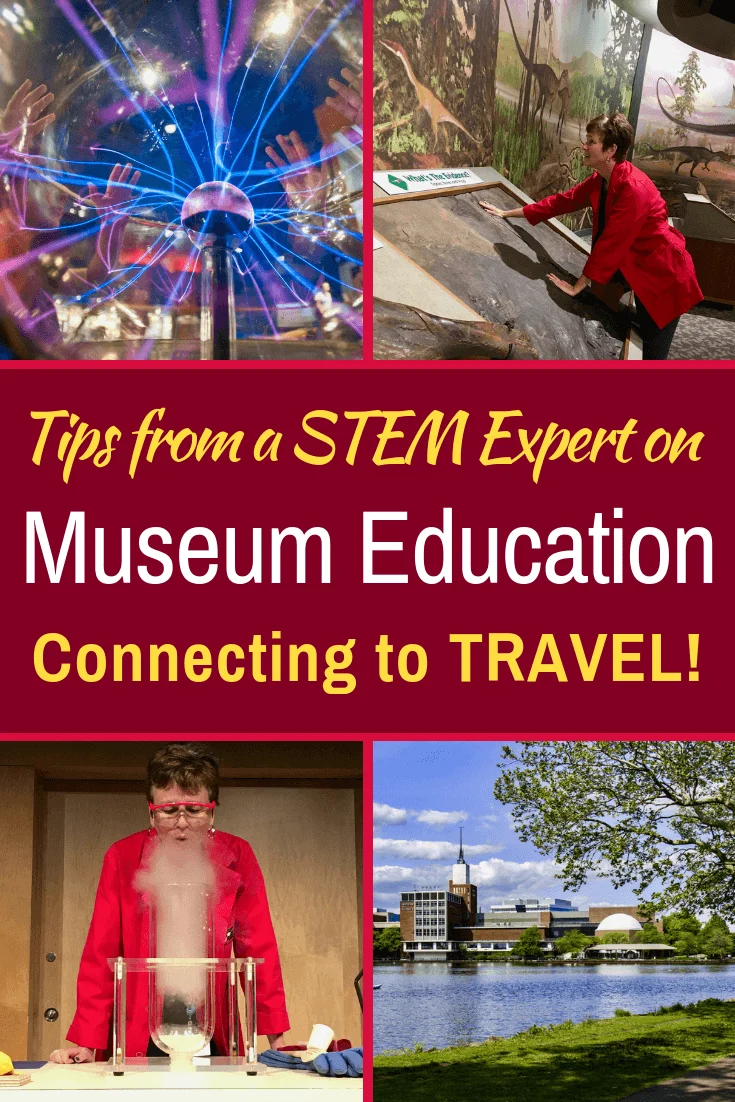
TT: Absolutely. What advice do you have for teachers in field trip planning?
S: Planning a field trip is like planning any great adventure! Trips outside of the classroom offer students the opportunity to thrive and learn in a new environment. Whether it be to a local library, park, historical site, museum, or science center, field trips bring together the class in a new space and in new, extremely valuable ways.
If time is limited, make sure you ask about the “Must Sees” to visit. Find out what is unique at the site and pace yourself appropriately. When traveling with students, observe how the learning environment is different or similar to your classroom and remember to match your goals as a teacher and a learner to those of your students and of the site or institution that you are visiting.
Plan for specific activities that will meet those learning goals you have developed for the group, but remember to encourage social learning, time for students to embrace new, shared experiences with their classmates, and connect with people on the site or across school teams.
Engage in conversations with the staff at the site, relax with group members, have fun, and the experience will be memorable!
TT: Thanks, Sharon! Readers, what questions or comments do you have for this museum education expert?
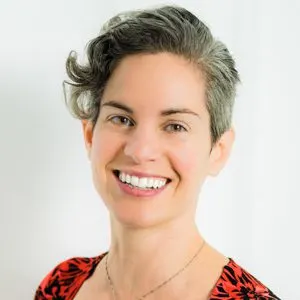
The author, Lillie Marshall, is a 6-foot-tall National Board Certified Teacher of English from Boston who has been a public school educator since 2003. She launched TeachingTraveling.com in 2010 to share expert global education resources, and over 1.6 million readers have visited over the past decade. Lillie also runs AroundTheWorld L.com Travel and Life Blog, and DrawingsOf.com for educational art. Do stay in touch via subscribing to her monthly newsletter, and following @WorldLillie on social media!
